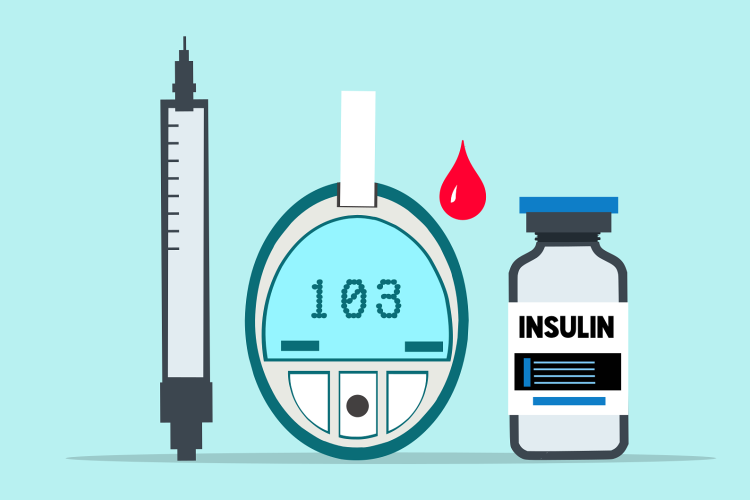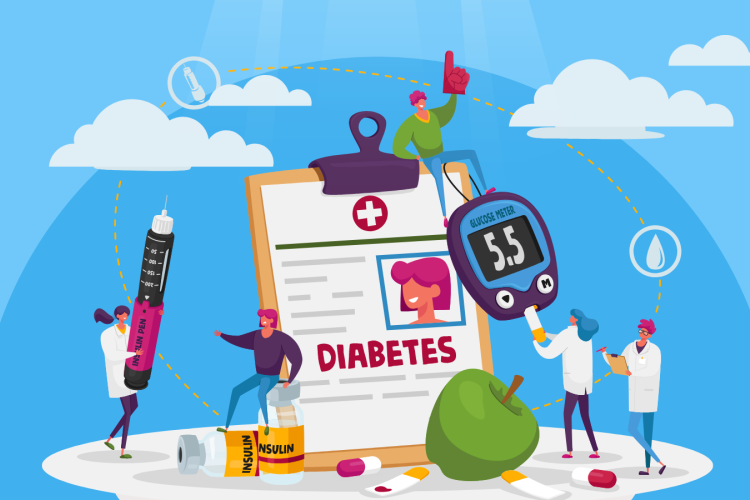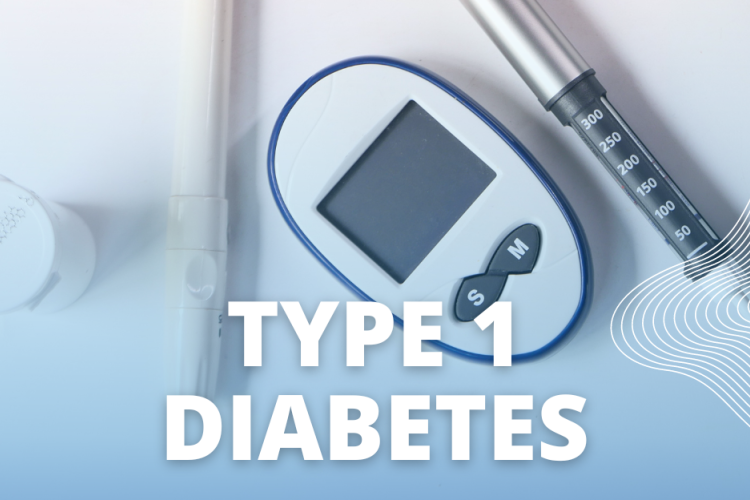When it comes to understanding diabetes, it's crucial to know that there are several different types. The two main forms of the disease are type 1 and type 2 diabetes. Both share the fundamental issue of high blood glucose levels, but their causes, symptoms, risk factors, and treatments differ substantially.
Diabetes affects how your body processes glucose, the main source of energy for your cells. There are two main types of diabetes: type 1 and type 2. While both types of diabetes can lead to high blood sugar levels, the reasons why some people need insulin and others do not are different. Read more to learn about the different types of diabetes and which ones require insulin:
A new national poll conducted by Morning Consult on behalf of AdvaMed, the medtech association, found that an overwhelming number of Americans believe medical technology plays a significant role in treating and improving the health and wellbeing of those living with diabetes, but those diagnosed with the disease struggle to manage their condition. The poll also found broad, bipartisan support for government investment in researching treatments and cures for diabetes.
Diabetes is a complex condition that can affect many different parts of the body. As a result, people with diabetes are more likely to develop certain concomitant health conditions. Some of the most common concomitant health conditions of diabetes include:
1. Cardiovascular disease: People with diabetes are at increased risk of developing cardiovascular disease, such as heart attack and stroke.
According to the Centers for Disease Control and Prevention (CDC), in 2019 there were approximately 37.3 million people in the United States with diagnosed or undiagnosed diabetes. This represents roughly 11.8% of the country's population and 14.7% of all adults.
But not all states have the same rates, some having rates twice as high as others. For context, the US median of adults 18 or older with diagnosed diabetes is 9.8%. Does your state make the cut?
Type 1 diabetes, formerly known as juvenile diabetes or insulin-dependent diabetes, is a chronic autoimmune condition in which your pancreas does not produce any insulin. Insulin, in turn, is a protein that serves as the main anabolic hormone. Essentially, the primary role of this peptide hormone is to regulate your blood sugar levels.






